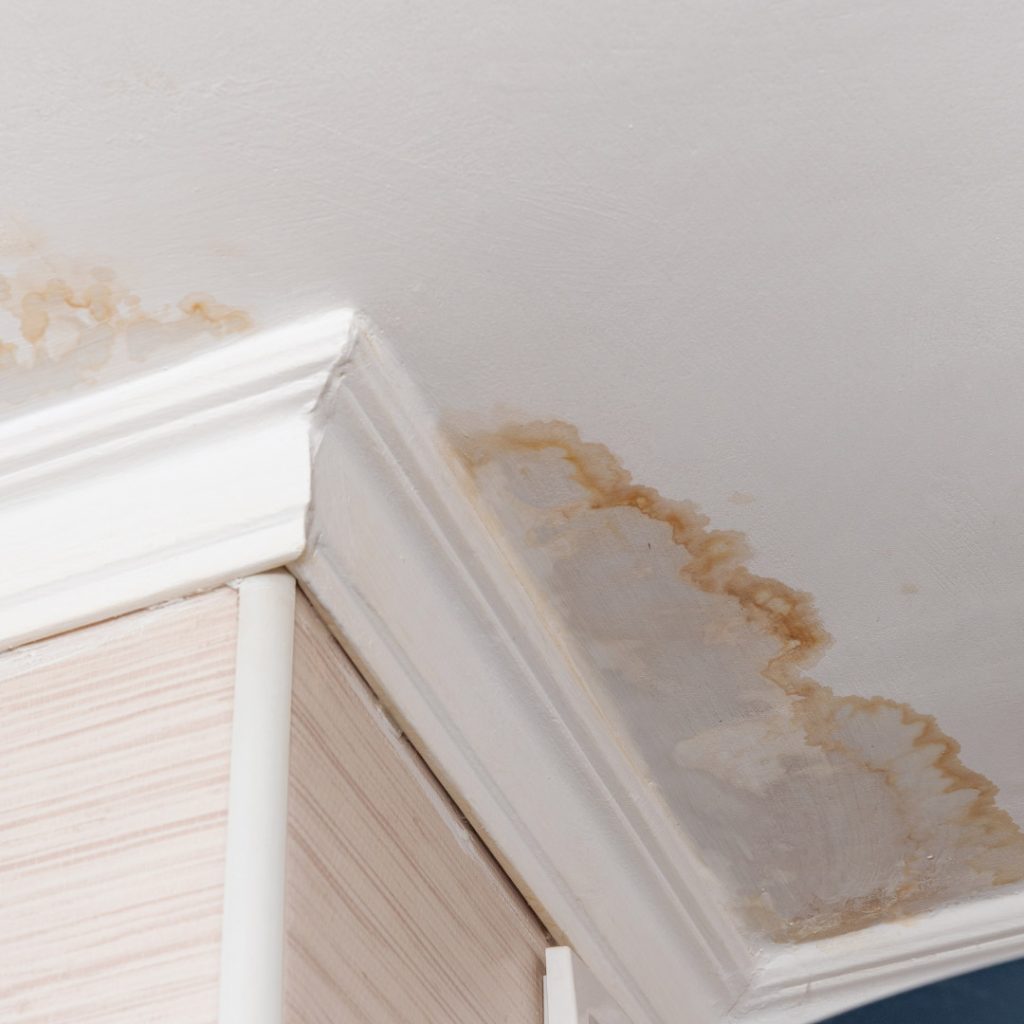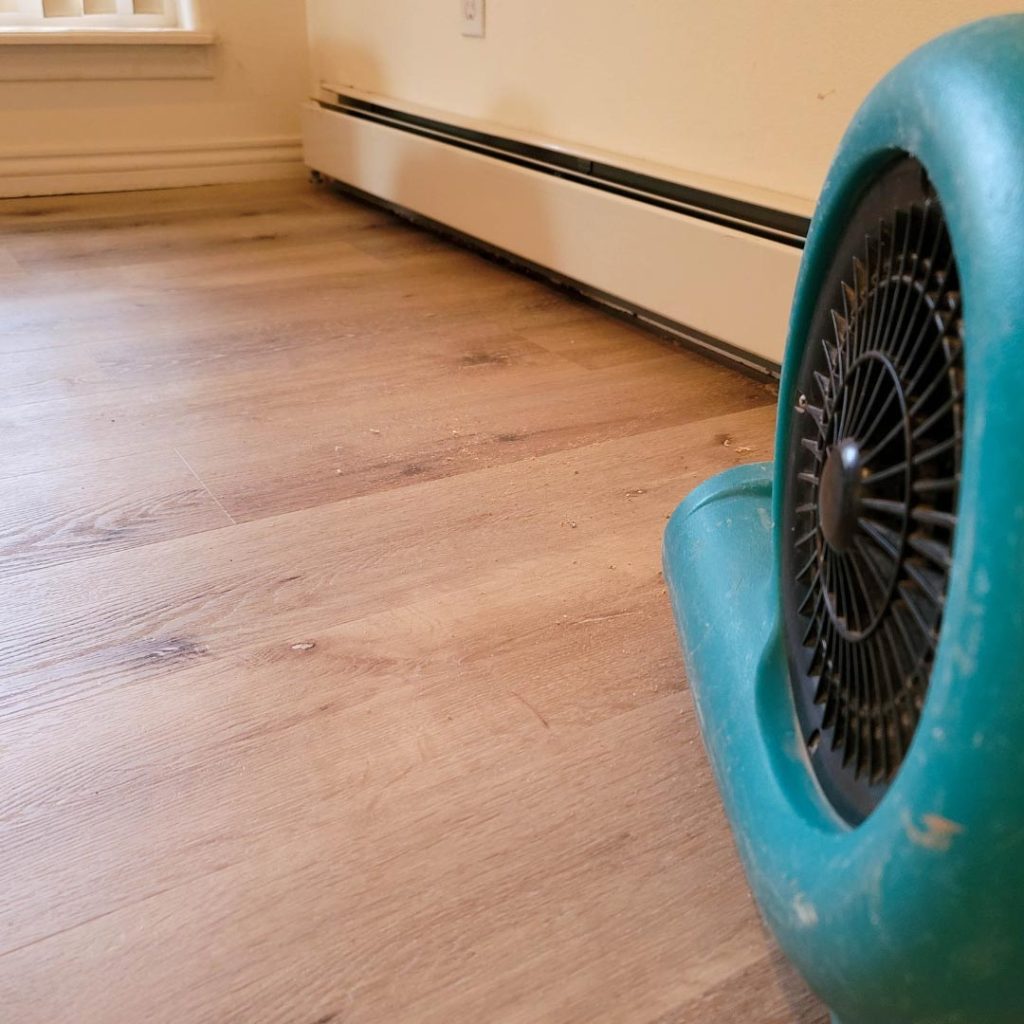Mold is not just a cosmetic issue; it can significantly impact your health. The presence of mold in your home can lead to various health problems, ranging from mild allergies to more severe respiratory issues. Mold spores, tiny particles released by mold, can be inhaled and cause irritation and inflammation in the airways. This can result in symptoms such as coughing, wheezing, sneezing, and even asthma attacks in susceptible individuals.
In addition to respiratory problems, mold exposure can also cause allergic reactions. When exposed to mold, some people may develop skin rashes, itching, or watery eyes. Furthermore, certain types of mold produce mycotoxins, which are toxic substances that can have harmful effects on the body. Prolonged exposure to mycotoxins has been linked to neurological symptoms, such as headaches, memory problems, and difficulty concentrating.
Common signs of mold in your home
Detecting mold in your home is crucial for addressing the issue promptly. Here are some common signs that indicate the presence of mold:

- Visible mold growth: The most obvious sign of mold is the presence of visible patches or discoloration on walls, ceilings, or other surfaces. Mold can appear in various colors, including black, green, or gray.
- Musty odor: Mold often produces a distinct, musty smell. If you notice a persistent musty odor in certain areas of your home, it may indicate the presence of hidden mold.
- Water damage: Mold thrives in damp environments, so areas with water damage, leaks, or high humidity levels are more susceptible to mold growth. Watch for water stains, peeling wallpaper, or bubbling paint, as these may be signs of underlying mold issues.
Understanding the dangers of mold exposure
Mold exposure can have serious health consequences, especially for individuals with pre-existing respiratory conditions or weakened immune systems. Here are some of the dangers associated with mold exposure:
- Respiratory problems: Mold spores can trigger respiratory symptoms, such as coughing, wheezing, and shortness of breath. Individuals with asthma or allergies may experience worsened symptoms when exposed to mold.
- Allergic reactions: Mold can cause allergic reactions in some individuals, leading to symptoms like sneezing, itching, and watery eyes. These allergic reactions can be bothersome and affect overall well-being.
- Mycotoxin exposure: Certain mold types produce mycotoxins, toxic substances. Prolonged exposure to mycotoxins can lead to neurological symptoms, fatigue, headaches, and even more.
It is essential to address mold issues promptly to minimize the risk of these health dangers.
The importance of mold removal
When mold is present in your home, it is crucial to take immediate action to remove it. Mold removal is essential for several reasons:

- Health protection: Removing mold from your home reduces the risk of respiratory problems and allergic reactions. Eliminating mold creates a healthier environment for yourself and your family.
- Preventing further damage: Mold can cause structural damage to your home if left untreated. It can weaken walls, ceilings, and floors, leading to costly repairs. Removing mold promptly helps prevent further deterioration of your property.
- Eliminating the source: Mold growth indicates excess moisture or water damage. Removing the mold also addresses the underlying cause, preventing future mold issues.
DIY mold removal techniques
If the mold growth in your home is limited and relatively small, you can tackle the removal process yourself. Here are some effective DIY mold removal techniques:
- Protective gear: Before starting the removal process, it’s essential to protect yourself. Wear gloves, goggles, and a mask to avoid direct contact with mold spores and prevent inhalation.
- Clean with bleach: A bleach solution can kill mold on non-porous surfaces. Mix one cup of bleach with one gallon of water and apply it to the affected areas using a sponge or spray bottle. Leave the solution for 15 minutes, then scrub the area thoroughly and rinse with clean water.
- Natural alternatives: If you prefer non-toxic options, vinegar, hydrogen peroxide, or baking soda can be used to clean mold. These natural alternatives effectively kill mold and are safer for the environment.
Remember, if the mold growth is extensive or you need clarification on the proper removal techniques, it’s best to consult a professional mold removal company.
Hiring a professional mold removal company
In cases where mold growth is extensive or if you are dealing with toxic mold, hiring a professional mold removal company is highly recommended. Here’s why:

- Expertise and experience: Professional mold removal companies have the knowledge and experience to handle mold issues effectively. They can identify the extent of the mold growth, assess the underlying causes, and provide appropriate solutions.
- Safe and efficient removal: Professionals use specialized equipment and techniques to remove mold from your home safely. They can access tools such as HEPA filters, negative air machines, and antimicrobial solutions, ensuring a thorough and efficient removal process.
- Preventing cross-contamination: Spores can quickly spread during removal, leading to new growth in different areas of your home. Professional mold removal companies take precautions to prevent cross-contamination, ensuring the mold is contained and properly disposed of.
Preventing mold growth in your home
Prevention is key to maintaining a mold-free environment. By following these preventive measures, you can reduce the risk of mold growth in your home:
- Control humidity levels: Mold thrives in environments with high humidity. Use dehumidifiers in damp areas such as basements, bathrooms, and laundry rooms to keep humidity below 50 percent.
- Ventilate properly: Ensure proper ventilation in areas prone to moisture, such as the kitchen and bathroom. Use exhaust fans or open windows to allow fresh air circulation and reduce moisture buildup.
- Address water leaks promptly: Any leaks or plumbing issues should be fixed immediately. Even a minor leak can create a breeding ground for spores if left unattended.
The benefits of a mold-free environment on your health
Maintaining a mold-free environment in your home offers several benefits for your health:
- Improved respiratory health: Eliminating mold reduces the risk of respiratory problems, such as coughing, wheezing, and asthma attacks. Breathing in clean air promotes better lung function and overall respiratory health.
- Reduced allergies: Removing mold helps alleviate allergic reactions like sneezing, itching, and watery eyes. This leads to improved comfort and a better quality of life, especially for individuals with allergies or sensitivities.
- Enhanced well-being: Living in a mold-free environment can positively impact your well-being. You may experience fewer headaches, improved concentration, and increased energy levels, contributing to a better quality of life.
Steps to take for a mold-free year
To ensure a mold-free year, follow these steps:
- Regular inspections: Conduct routine home inspections, looking for signs of water damage, leaks, or mold growth. Early detection allows for prompt action and prevents mold from spreading.
- Address moisture promptly: If you notice any moisture issues or water damage, address them immediately. Fix leaks and dry wet areas, and ensure proper ventilation to prevent mold growth.
- Maintain cleanliness: Regularly clean and dry areas, such as bathrooms and kitchens, are prone to moisture. Keep surfaces dry and use mold-resistant products when renovating or remodeling.
- Invest in professional inspections: Consider hiring a professional mold inspector to assess your home for potential mold issues. They can identify hidden mold growth and provide recommendations for prevention and removal.
- Educate yourself: Stay informed about mold prevention and removal techniques. Understand the risks associated with mold exposure and the importance of maintaining a mold-free environment for your health.
Conclusion
Taking proactive steps to tackle mold issues in your home is vital for your health and well-being. From understanding the impact on your health to implementing preventive measures, you can create a mold-free environment that promotes better respiratory health, reduces allergies, and enhances overall well-being. Whether you take on DIY mold removal or hire professional help, addressing mold promptly ensures a healthier living space. Following the steps outlined in this article, you can enjoy a mold-free year and improve your overall quality of life.







